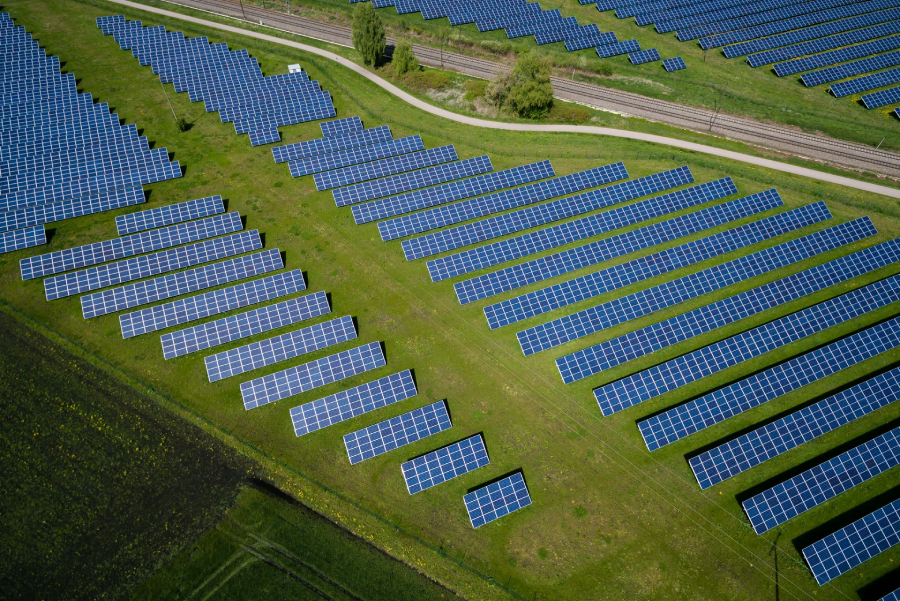Balancing Crop Yield and Solar Efficiency with New Photovoltaic Tool

Scientists at Swansea University have developed a new tool to identify photovoltaic (PV) materials that maximize both crop growth and solar power generation. In their study, published in Solar RRL, researchers from the Department of Physics examined the effects of semi-transparent PV materials placed over crops, an example of agrivoltaics—integrating solar panels into agricultural environments.
The team created a freeware tool capable of predicting the light transmission, absorption, and power generation of various PV materials. This tool uses geographical, physical, and electrical data to analyze potential PV materials almost anywhere in the world.
Austin Kay, the study’s lead author and a PhD candidate at Swansea University, noted that this technology enables comparisons of different PV materials, helping to balance food production with renewable energy generation.
A critical aspect of optimizing agrivoltaic systems is choosing suitable PV materials. This involves understanding how materials absorb different wavelengths of light, influenced by their bandgap. A wider bandgap material absorbs higher-energy light with shorter wavelengths (blue), while a narrower bandgap absorbs lower-energy light with longer wavelengths (red). By selecting materials with specific bandgaps, researchers can adjust the light transmitted through semi-transparent PVs to better suit crop photosynthesis, which primarily relies on red and blue light.
Associate Professor Ardalan Armin, who leads the project, emphasized the potential of agrivoltaics to support the decarbonization of agriculture. This approach could not only generate clean energy but also strengthen food security.
PV systems can be integrated into agricultural settings in several ways, such as being installed on greenhouse roofs or polytunnels or providing shelter for livestock. This integration offers locally generated power with minimal impact on farm output. However, it is essential to consider the type of livestock around the panels to prevent damage, as certain animals, like goats, may jump onto the PVs and cause harm.


Responses